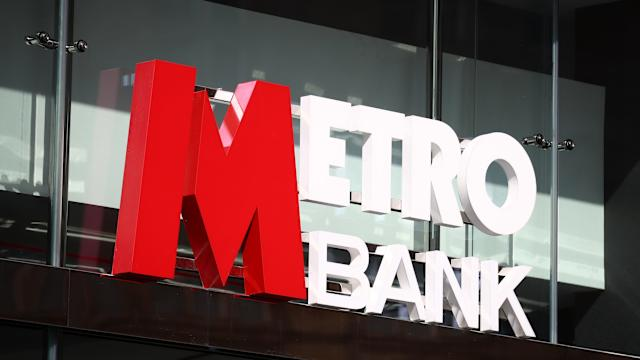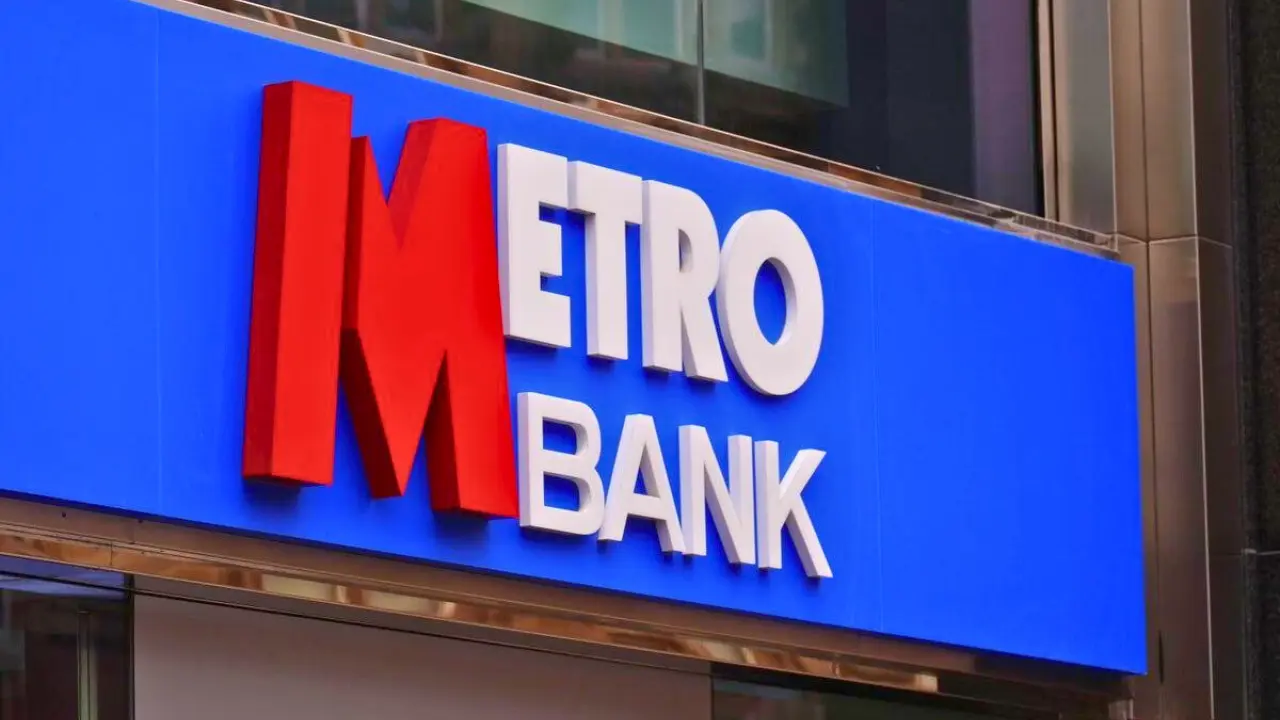The UK banking landscape is constantly shifting, and one name that has frequently made headlines for both its unique approach and its significant challenges is Metro Bank. While known for its customer-friendly, seven-day-a-week branch model, the bank has recently struggled with a series of high-profile Metro Bank problems that have shaken customer confidence and drawn regulatory scrutiny.
If you’ve been following the news, you’ve likely seen reports of customers being unable to access funds, duplicate payments hitting their accounts, and even wider, long-term financial uncertainty. These issues aren’t just minor inconveniences; they directly impact people’s ability to manage their daily lives, from paying rent to travelling for work.

This detailed, human-focused post will break down the various problems plaguing Metro Bank, separating the short-term technical glitches from the deeper, structural, and regulatory hurdles the institution is striving to overcome.
The Immediate Pain: Recent IT Glitches and Customer Distress
In the world of modern banking, an IT failure can be catastrophic, and Metro Bank has faced its share of technical woes. Recent outages have led to widespread customer frustration and financial inconvenience. These glitches, though often described by the bank as “short delays,” have had a very real, human impact.
Key Customer Complaints from IT Failures
The core of the recent operational Metro Bank problems lies in technical failures affecting basic payment services. The reported issues paint a clear picture of customer distress:
- Inaccurate Balances: Many customers have reported seeing an unexpected “minus balance” in their accounts.
- Duplicate Payments: Transactions have been debited multiple times, effectively freezing funds and causing stress.
- Unauthorised Overdrafts: In some cases, customers without an overdraft facility have been plunged into the red due to system errors.
- Inability to Make Critical Payments: Users reported being unable to pay for essential services like rent or travel, causing immense personal stress.
One customer, expressing their frustration on social media following a recent outage, stated: “You guys have taken my money and left me overdrawn. This is causing a massive inconvenience.” The sheer volume and severity of these incidents show that while the bank may resolve the technical glitch, the reputational damage and the loss of customer trust can linger far longer.
Structural and Financial Challenges on the Road to Recovery
Beyond the immediate customer-facing IT issues, Metro Bank has been navigating significant structural and financial headwinds that pose a long-term threat to its stability and brand identity.
The Capital and Rescue Deal Saga
A major turning point for the bank occurred recently when it had to secure a substantial rescue deal. The necessity of this deal stemmed from difficulties in raising sufficient capital to meet regulatory requirements, a core measure of a bank’s financial strength.
In late 2023, the bank was forced to accept a £925 million rescue package, which resulted in Colombian billionaire Jaime Gilinski Bacal becoming the majority shareholder. This event led to:
- Fundamental Business Model Changes: The bank began a transformation, including cost-cutting measures.
- Job Cuts and Reduced Branch Hours: To slash costs, Metro Bank had to reduce its staff by over 1,000 and cut back on its signature seven-day branch opening model. This fundamentally alters the ‘high-street convenience’ promise that first set it apart.
Historical Regulatory and Governance Failings
The seeds of the current Metro Bank problems can be traced back to a major financial misclassification scandal in 2019. This event exposed deeper governance issues within the bank.

In 2019, it was revealed that the bank had misclassified approximately £900 million of loans as less risky than they actually were. This meant the bank did not hold enough capital to cover potential losses, violating key regulatory rules. This revelation caused the bank’s shares to plummet by nearly 40% and triggered a mini-bank run, with customers withdrawing hundreds of millions in funds.
This was followed in 2024 by the Financial Conduct Authority (FCA) fining the bank over £16 million for significant failings in its anti-money laundering (AML) systems. The FCA stated that between June 2016 and December 2020, the bank failed to adequately monitor over 60 million transactions with a value of over £51 billion for money laundering risks. This highlights a critical, long-running failure in its internal control mechanisms.
The Erosion of the “Convenience” Promise
Metro Bank originally branded itself as the “challenger bank” that would revolutionise high-street banking with unparalleled customer service and convenience. The most recent challenges, however, threaten to completely dismantle this unique selling point.
- Digital Reliability vs. High Street: While its physical branch network remains a differentiator, customers are increasingly dependent on digital and mobile banking. The repeated IT failures directly undermine the core promise of reliable, accessible service, regardless of whether a branch is open.
- Cost Cutting and Customer Experience: The forced cost-cutting, including reduced branch hours and staff cuts, risks diluting the “amazing” in-store customer experience that the bank was famous for. A bank that cuts its face-to-face services to save money quickly becomes indistinguishable from its high-street competitors.
What’s Next for Metro Bank?
The road ahead for Metro Bank is one of transformation and recovery. The fundamental Metro Bank problems are two-fold: an operational need for a stable, modern IT backbone, and a structural requirement for sustained profitability and robust regulatory compliance.
Under new ownership and a new business strategy, the bank is attempting to transform itself into a more focused, specialist lender, integrating more digital services. Success will depend on its ability to execute this transformation flawlessly while simultaneously rebuilding the trust shattered by years of financial scandals and, more recently, disruptive IT failures. For customers, the ongoing uncertainty raises a critical question about the security and reliability of their day-to-day banking.
What you can do next: If you are a customer, it is prudent to stay informed about bank service status updates and monitor your account closely.
FAQs About Metro Bank Problems
Q1: Is Metro Bank in financial trouble?
While Metro Bank has faced significant financial difficulties, including the necessity of a large rescue deal in late 2023, the bank is continuing to operate and is focusing on a business model transformation. It secured the required funding and is now under new majority ownership, but it is in a period of change and cost reduction.
Q2: Why did my Metro Bank account show a minus balance recently?
Recent reports indicate that technical glitches and payment service outages have caused customer accounts to display inaccurate balances, including unexpected negative or “minus” balances, and duplicate transactions. Metro Bank has apologised and stated they are working to fix these balance inaccuracies promptly.
Q3: What was the 2019 Metro Bank scandal?
The 2019 scandal involved Metro Bank misclassifying a significant portion of its loans—around £900 million—as being less risky than they actually were. This meant the bank failed to hold the correct amount of capital required by regulators, leading to a massive drop in its share price and prompting a loss of customer confidence.
Q4: Is my money safe in a Metro Bank account?
In the UK, deposits in Metro Bank (and all regulated banks) are protected up to a certain limit (£85,000 as of the current time) by the Financial Services Compensation Scheme (FSCS). While the bank has faced operational and financial challenges, the FSCS provides a safety net for individual customer savings should the bank fail.
Q5: How is Metro Bank trying to solve its IT problems?
Metro Bank has acknowledged its recent operational delays and is reportedly investing in technology to stabilise its systems and improve its digital experience. They have announced strategic collaborations, such as one with Infosys in late 2024, aimed at long-term investment in their digital infrastructure and service automation.

















